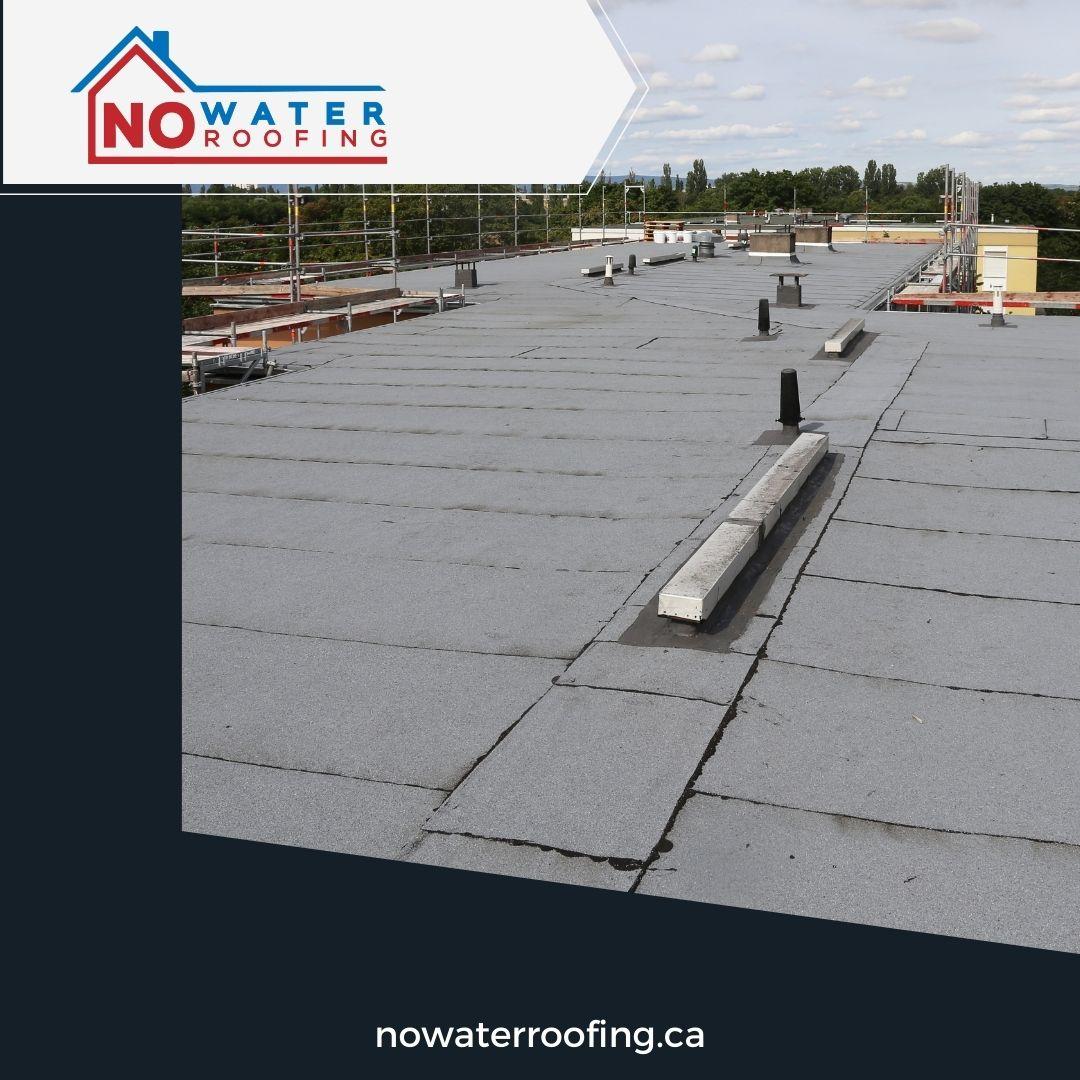As the sun rises each day, so does the promise of solar energy, a beacon of sustainability in an era increasingly defined by environmental consciousness. Homeowners and businesses alike are drawn to the allure of harnessing the sun’s rays, seduced by visions of reduced electricity bills and a greener footprint. Yet, beneath the shiny surface of solar panels and the enticing prospect of clean energy, lies a shadowy realm often overlooked: the hidden expenses of solar energy systems. In this article, we embark on a journey to illuminate these concealed costs, offering a balanced exploration of what it truly means to go solar. From the complexities of installation to the nuances of maintenance and beyond, we peel back the layers to reveal the full financial landscape of solar energy adoption. Whether you’re a seasoned solar enthusiast or a curious newcomer, understanding these hidden expenses is crucial in making informed decisions about the future of energy in your home or business.
Unveiling the Obscured Costs of Solar Panel Installation
While solar energy is often touted as a cost-effective and environmentally friendly solution, there are several hidden expenses that potential adopters should be aware of. Beyond the initial investment in panels and installation, homeowners may encounter costs related to permitting and inspections, which can vary significantly depending on local regulations. Additionally, integrating solar systems with existing electrical infrastructure might necessitate upgrades or modifications that aren’t immediately obvious.
- Maintenance and Cleaning: Over time, solar panels require regular maintenance to ensure optimal efficiency, which can involve professional cleaning services and occasional repairs.
- Inverter Replacement: Most inverters have a lifespan shorter than the panels themselves, leading to additional costs for replacements or upgrades during the system’s life.
- Insurance Adjustments: Installing solar panels can impact home insurance premiums, either through increased coverage costs or the need for additional policy adjustments.
- Monitoring Systems: While not always necessary, monitoring systems can help track energy production and usage, but they come with their own purchase and maintenance costs.
Understanding these less obvious expenses can better prepare potential solar users for a more comprehensive view of what adopting this green technology truly entails.
Navigating Maintenance Fees and Unexpected Repairs
While the promise of solar energy systems is often associated with significant savings and sustainability, it’s crucial to account for the often-overlooked financial commitments involved. Maintenance fees are an inevitable aspect of owning a solar energy system. These can include regular cleaning to ensure optimal performance, inverter replacements, and monitoring software subscriptions. Unexpected repairs might also arise due to weather-related damage or component failures. Though many solar systems come with warranties, these often don’t cover all types of damage or service needs.
- Regular Cleaning: Essential for maximizing efficiency.
- Inverter Replacements: Typically needed every 5-10 years.
- Monitoring Software: Ensures your system is performing optimally.
- Weather-Related Damage: Hail, storms, and other elements can cause unexpected issues.
- Component Failures: Not all are covered under warranty, leading to out-of-pocket expenses.

Understanding Grid Connection and Utility Charges
When investing in solar energy systems, understanding the intricacies of grid connection and utility charges is crucial. While the promise of reduced electricity bills is enticing, these hidden costs can impact your financial returns. Grid connection fees can vary significantly depending on your location and utility provider. These fees often include the cost of maintaining the infrastructure that connects your solar system to the grid, which is essential for net metering and accessing backup power. Additionally, utility companies may impose monthly service charges for grid maintenance, regardless of your solar system’s output.
Beyond connection fees, there are other utility-related expenses to consider. Some providers charge demand charges, which are based on your peak electricity usage rather than total consumption. Others might levy time-of-use rates, which adjust prices based on the time of day and demand levels. These costs can complicate your savings calculations, making it essential to analyze your energy consumption patterns and utility rate structures thoroughly. By being informed and proactive, you can better navigate these hidden expenses and optimize your solar investment.

Optimizing Investment with Strategic Financial Planning
When investing in solar energy systems, it’s essential to look beyond the initial costs and consider the hidden expenses that might affect your financial planning. These costs can subtly impact your return on investment, so a strategic approach is necessary to ensure long-term benefits. Hidden expenses may include:
- Maintenance Costs: While solar panels are generally low-maintenance, unexpected repairs or replacements, especially for inverters or batteries, can add up over time.
- Permitting and Inspection Fees: Local regulations may require specific permits or inspections, which can vary in cost depending on your location and the complexity of the installation.
- Insurance Premiums: Adding solar panels might increase your home insurance premiums, which is a factor that needs careful consideration.
- Performance Degradation: Over time, solar panels may experience a reduction in efficiency, potentially affecting your projected energy savings and necessitating additional panels or system upgrades.
By identifying and planning for these potential hidden costs, investors can craft a more accurate and resilient financial strategy, ensuring that their foray into solar energy remains both sustainable and economically viable.
The Conclusion
As we draw the curtains on our exploration of the , it becomes clear that while the sun generously offers its rays for free, harnessing its power is a journey fraught with unexpected costs. From the fine print of installation contracts to the subtle demands of long-term maintenance, the financial landscape of solar energy is as varied as the sunlit patterns it seeks to capture. Yet, armed with knowledge and a discerning eye, prospective solar adopters can navigate this terrain with confidence, turning potential pitfalls into stepping stones toward sustainable living. the path to solar energy is not just about harnessing sunlight, but also about illuminating the shadows of unforeseen expenses, ensuring a brighter, clearer future for all who embark on this sunlit journey.

































